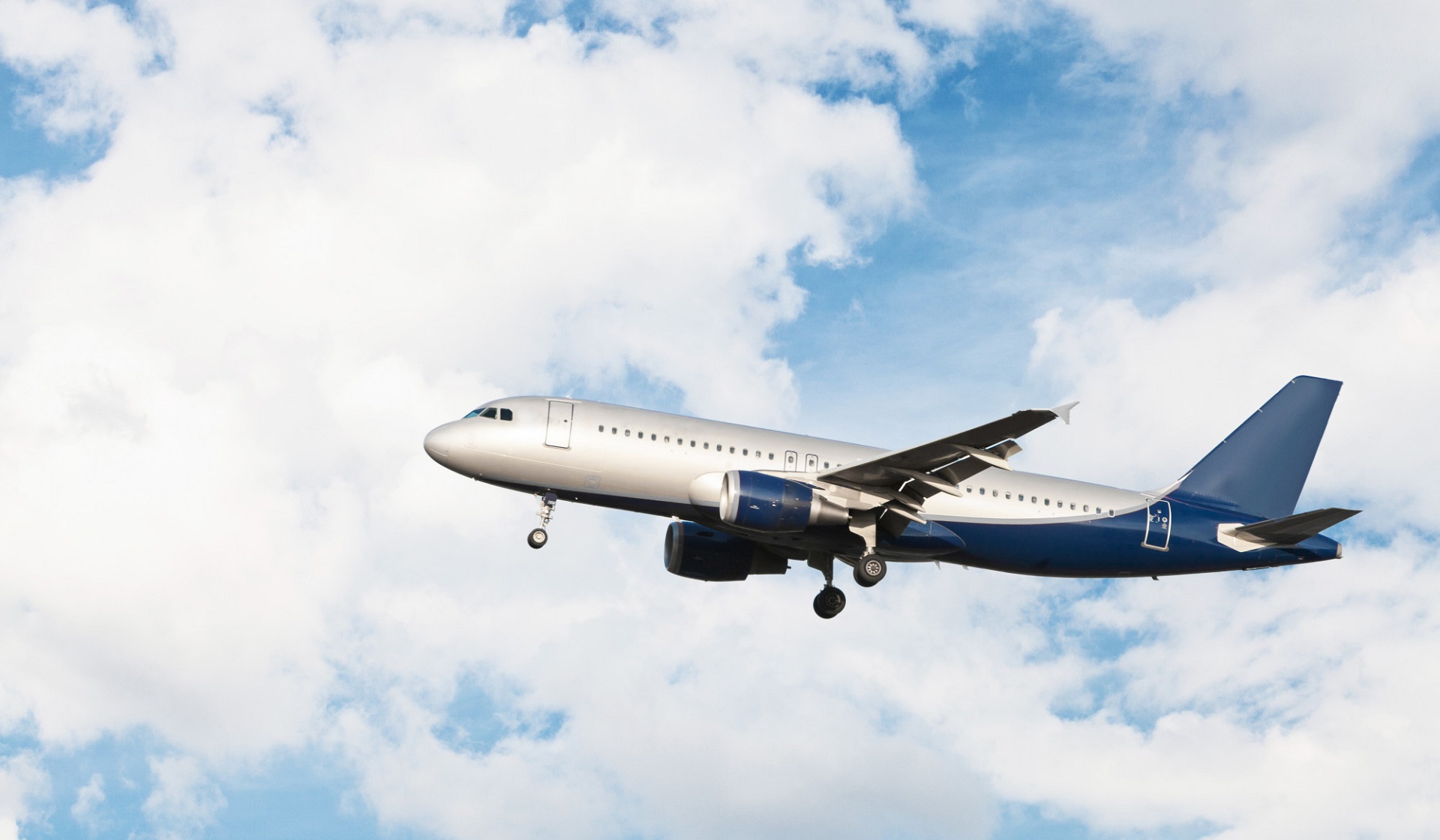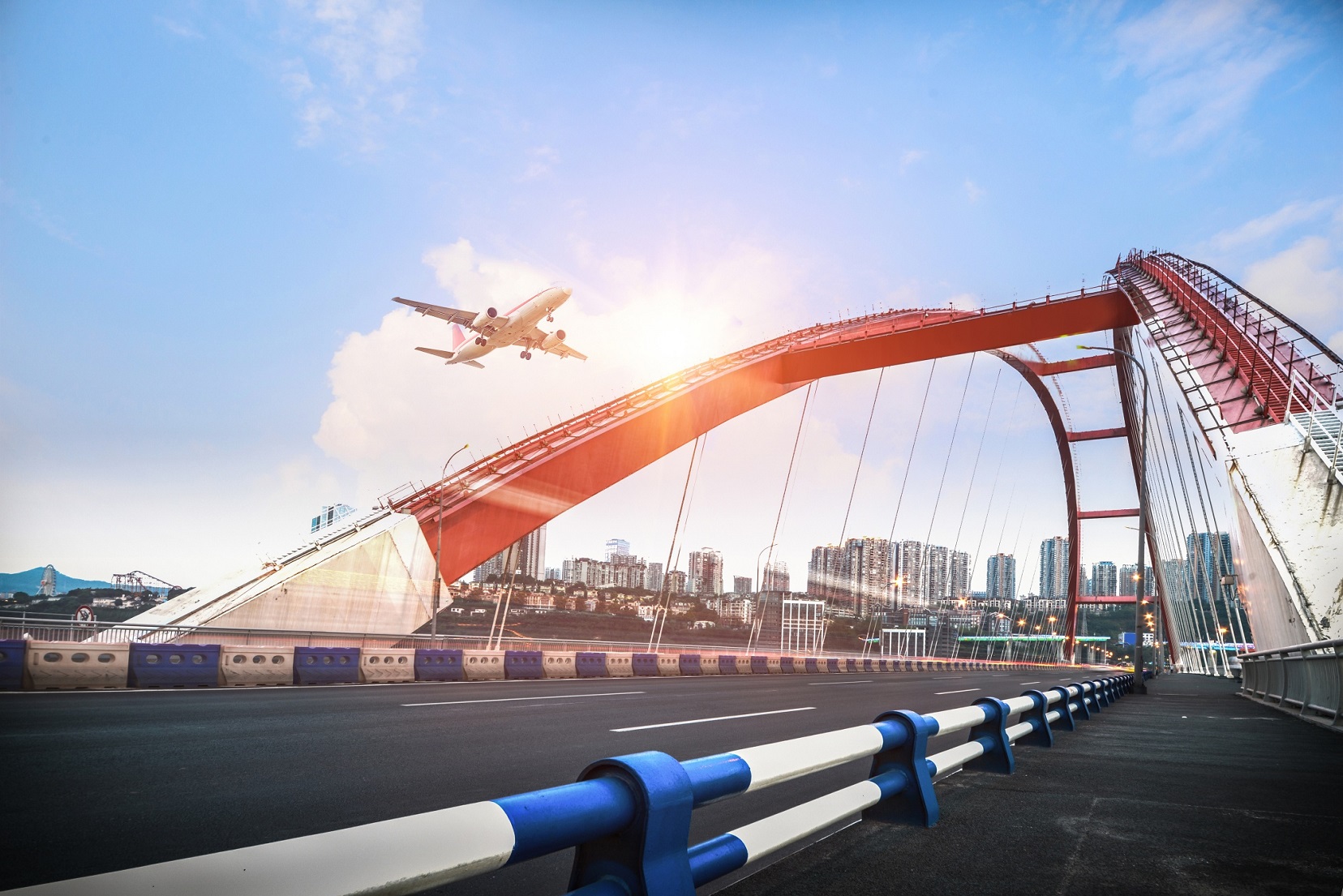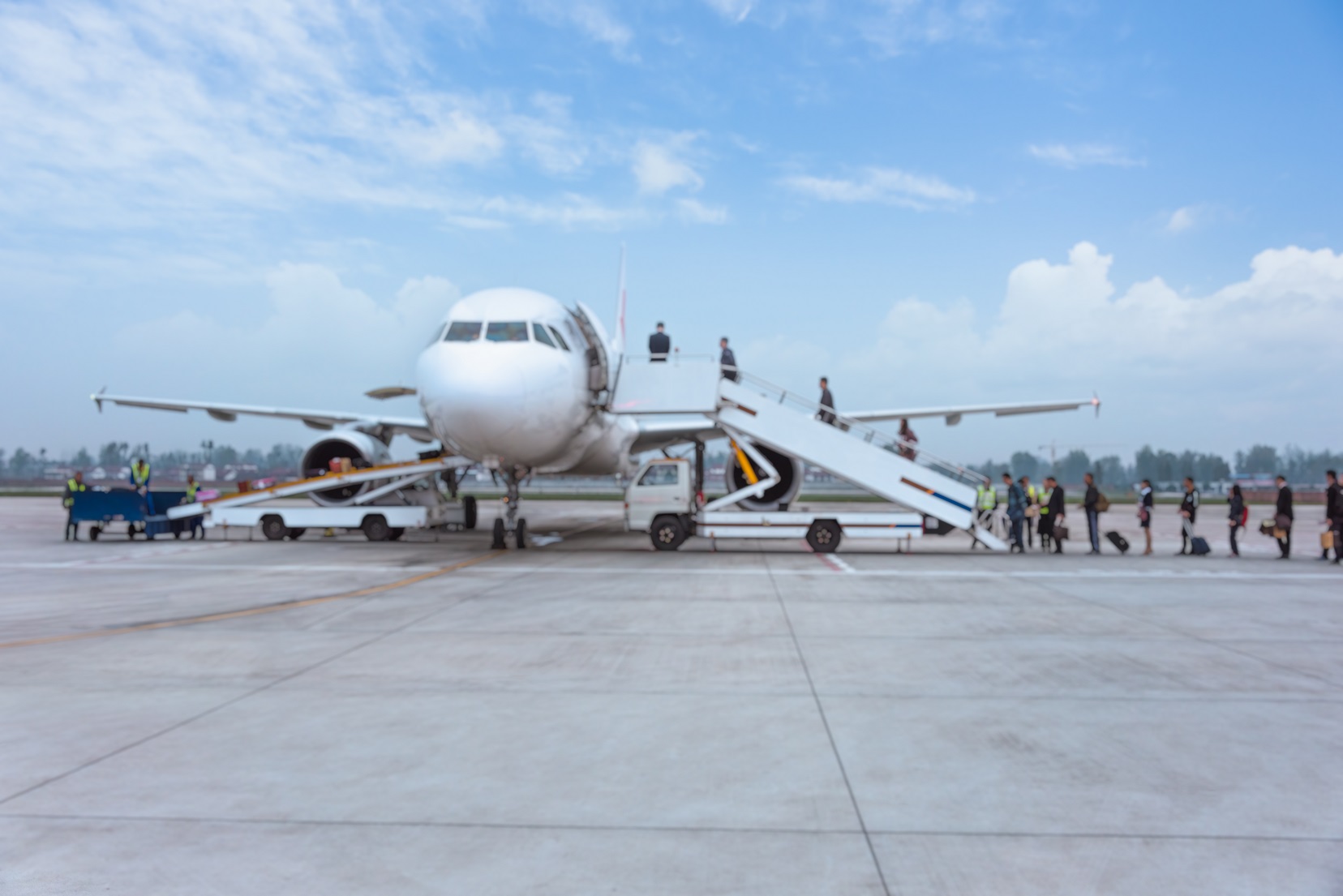Today, aviation is a romantic industry with applications of great importance to the global economy. Our world would be very different without aviation; it would be poorer and less communicated.
Commercial aviation has become a vital element of the modern global economic system. In 2015, more than 3.3 billion people will board a plane somewhere on earth, on one of more than 25,000 aircraft along one of more than 50,000 routes from one of the world’s more than 3,800 commercial airports (there are more than 41,800 airfields in the world, including military and general aviation).

Aviation Industry In The World Economy
The airline industry is a vital part of the increasingly globalized world economy, facilitating the growth of international trade, tourism and international investment. It also speeds up the connection of people on all continents.
Global
Economy
The industry’s size is such that if it were a country, it would be classified as the twenty-first largest economy in the world, larger than Argentina or Colombia. Its impact on the world economy is considerable; about 3.4% of global GDP depends on it, without including other economic benefits derived from aviation, such as economic activity and some jobs that are possible thanks to the speed and connectivity of air transport.
valuable merchandise
Air transport is preferred for efficiently moving valuable merchandise. Currently, the value of goods transported by air is US$18.5 billion, 35% of global trade by value and only 0.5% by volume.
airline industry
It is also a competitive and difficult business. In 2013, the airline industry earned a collective profit of US$12.9 billion on revenues of US$708 billion. A net profit margin of 1.8%. An average benefit of only US$ 4.13 for each passenger transported.
Aviation is also an important source of employment. It supports more than 58.1 million jobs, and it is expected that in 2032, there will be more than 100 million.

Aviation and sustainable development
Global airline operations produced 689 million tons of carbon dioxide (CO2) in 2012 (705 million tons in 2013), almost 2% of total human carbon emissions that amounted to more than 36 billion tons. Tons.
Aware of the magnitude of the impact of its activity on the environment, the aviation industry is making great efforts to minimize its environmental impact and help achieve a sustainable economy.
To this end, one of its medium-term objectives is to increase the fuel efficiency of airline fleets by 1.5% per year until 2020, when the industry will cap its emissions while continuing to meet the needs of the passengers.
By 2050, the industry has committed to reducing its net carbon footprint. This year, its net carbon footprint is expected to be 50% lower than in 2005.
A New Generation Of Aviation
Innovation is the way forward. This principle applies to all areas where man intervenes, and aviation is no different. This will be an innovative element when adopting the technologies of the future. ICAO’s role in supporting aviation innovation focuses on evaluating regulations and their adaptation to new and innovative developments in the sector, accelerating their implementation.


